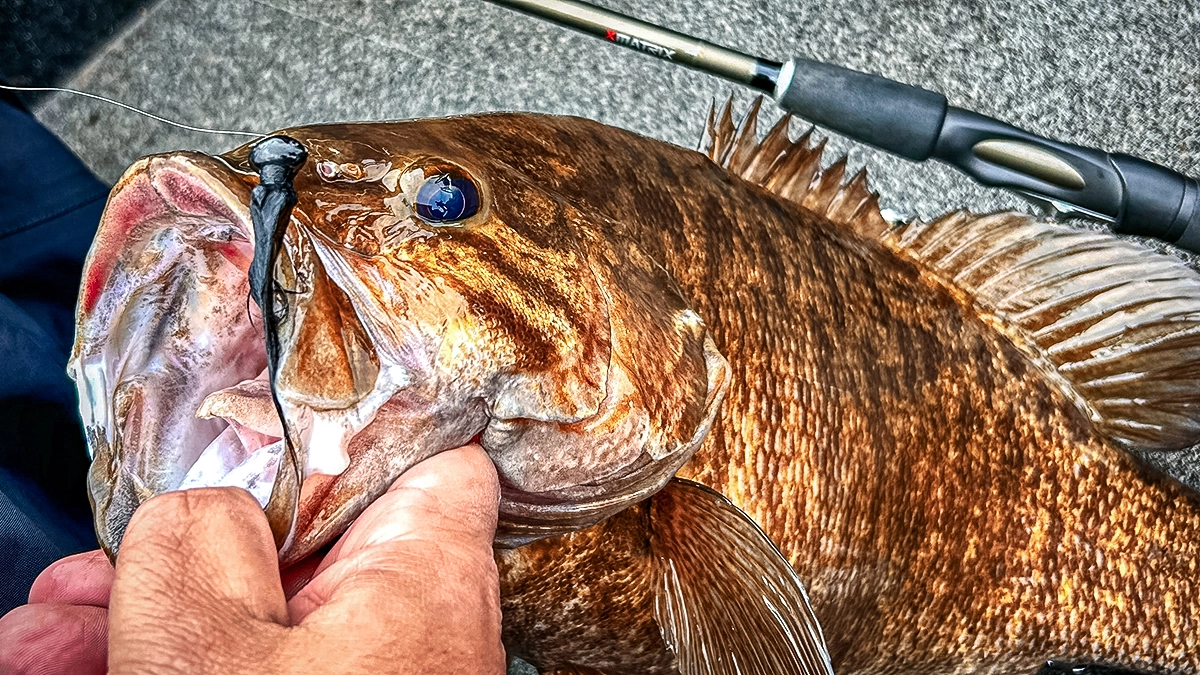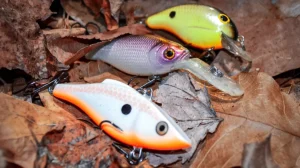It’s no secret that hair jigs have been used to catch a variety of fish species for decades. But what makes them so great? What makes a piece of hair on a jighead wrapped in thread so enticing to fish? Is it the way it moves? The subtle action? The realistic look?
They all play a crucial role in achieving cold-water success for largemouth and smallmouth bass, wherever you’re fishing.
What Is a Hair Jig and How Did It Come to Be?
Even though it sounds pretty self explanatory, a hair jig can be as simple or as complicated as you want to make it. It consists of some sort of jighead, tying thread, and a plethora of hair material. The type of hair material used and the temperature of the water will dictate the hair jig’s action.
The hair jig was first brought into the bass fishing scene down Dale Hollow Lake in Tennessee for targeting big smallmouth feeding on baitfish and crayfish extremely close to the bottom. It was something anglers could use to drag along the bottom that had enough action to entice big smallmouth into biting when the water temperature dipped below 45 degrees.
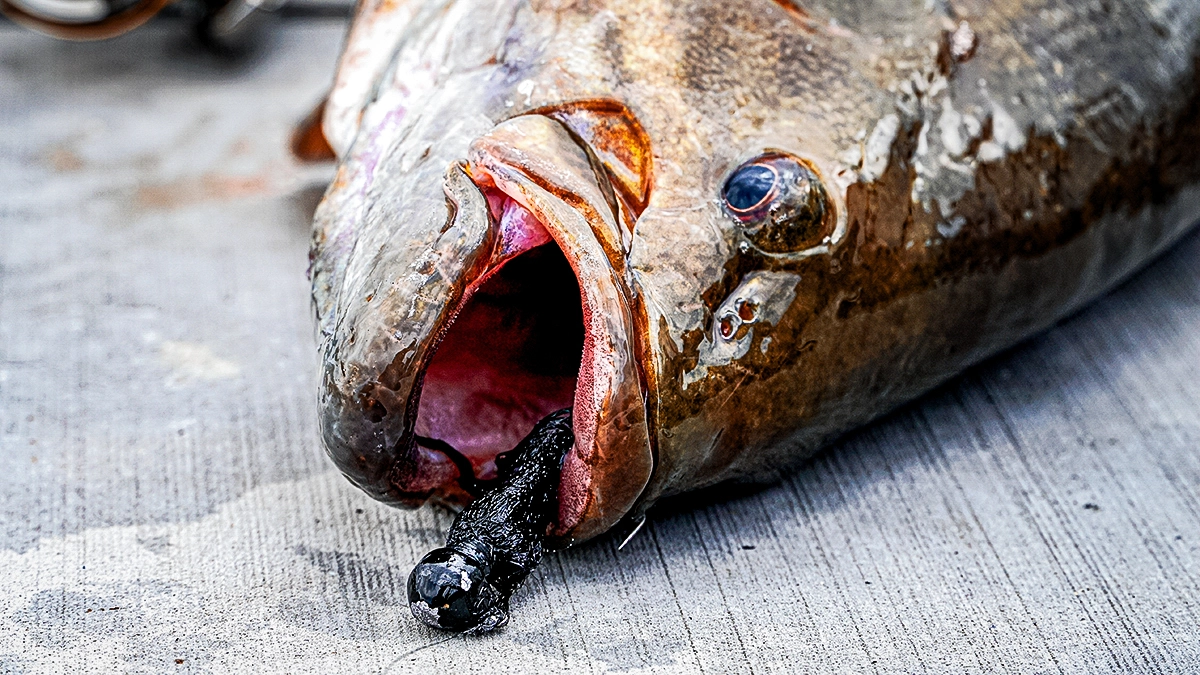
There weren’t many artificial baits on the market that could mimic a slow swimming baitfish close to the bottom. The bait was called the Dale Hollow Tackle Original Punisher Hair Jig and it’s a bait that’s still mass produced today.
Since then, there have been many advancements in tying hair jigs to better mimic both invertebrates and baitfish prey. Better jighead designs, lab created synthetic hair material, and sharper hooks are all advancements that have helped modernize the historic hair jig.
The Ideal Characteristics
When I first started fishing bass tournaments around the tri-state area of New York, Connecticut, and New Jersey, there was one familiar name that was always, and still is, sitting on top of the local tournament leaderboards — especially during the spring and fall months, when a hair jig played a crucial role in getting big bites. That name was Mike Iovino also known as “Weensie.”
Mike runs his own guide service, Fishing With Weensie Guide Service. We have been fishing together ever since and he’s become one of my closest friends and cold-water fishing mentors. If there’s one thing that he knows better than others, it’s how to perfectly craft a hair jig to entice big largemouth and smallmouth into eating.
Iovino has been trying hair jigs for a long, long time — as far back as I can remember. He sits in his basement all winter long and meticulously ties a wide variety of jigs.
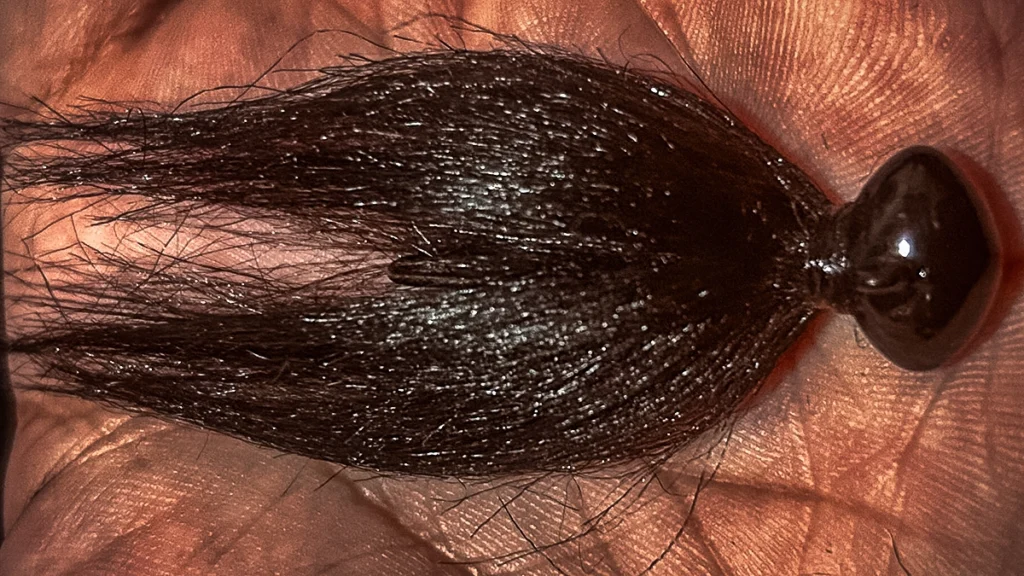
One of the most important parts in jig tying is understanding your materials. “Certain materials absorb and wick away water more than others, affecting their flow through the water” he explains. “Some materials, like bucktail and bear hair, are much stiffer, creating little movement in the water.”
Other materials, like marabou, have a lot of action in the water, because they’re extremely porous. Many hair jig tiers look for a material that has a happy medium, with hair that allows enough flow in the water, while also providing enough movement when sitting still. Synthetic hair and fox hair have the ideal properties to make a perfect hair jig.
“What makes a quality hair jig is having the bait impart enough movement without moving the bait yourself,” Iovino says.
The jighead is the next most important component. Generally, round-ball jigheads work fine for most situations. Around rocky structures, you’ll definitely want more of a football-style head to wiggle your bait around the rocks better.
“The best jighead I’ve found for hair jigs are ones made with a solid, light wire hook like a 604 Gamakatsu,” he says. “They are just sticky-sharp and set into a smallmouth’s mouth perfectly to never come off.”
The 604 Gamakatsu Jig Hook has a perfect round bend and extremely sharp point to keep bass pinned all the way to the net. Since the profile needs to be kept small, you never want to exceed 1/0 in size.
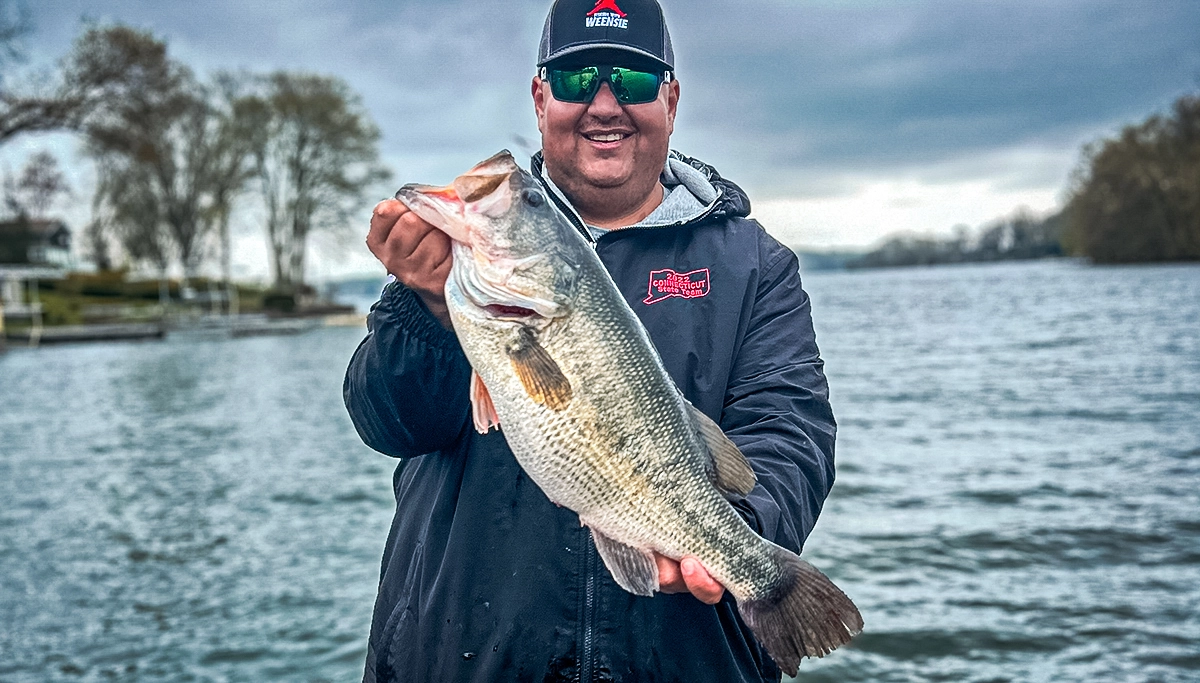
The Best Setup
When it comes down to having the best rod, reel, and line setup, you really want to choose something that is balanced and sensitive.
Rod and Reel
Since hair jigs have a soft, light wire hook, you need a rod that’s light enough in power to not pull the bait out of the bass’ mouth. Rods in the light to medium light action are perfect. Rod length does not have to be over-thought; your normal 7-foot rod will work just fine.
Iovino loves using the Douglas X Matrix line of spinning rods for throwing his jigs. Three models come into play, the DXS6103F for lighter baits under 1/8-ounce, the DXS704F for an all-around hair rod (heavy or light jigs), and a DXS744XF, just in case he needs to get the extra casting distance. The balance and sensitivity on these rods is unmatched, especially when paired with either a 2500 or 3000 size spinning reel.
Line
When choosing the right line for hair jigs, it comes down to one main thing? How often do you want to re-tie your bait?
Braided line to a fluoro leader can be good, but the amount of times you break off, your leader will keep getting shorter. To resolve that, Iovino usually runs straight 6-pound-test Seaguar InvisX Fluorocarbon. The reason for the 6-pound test is mainly to not have to re-tie leaders, plus fluorocarbon has enough sensitivity to feel those light bites, and its sinking ability allows it to keep light baits like a hair jig on the bottom for a longer period of time.
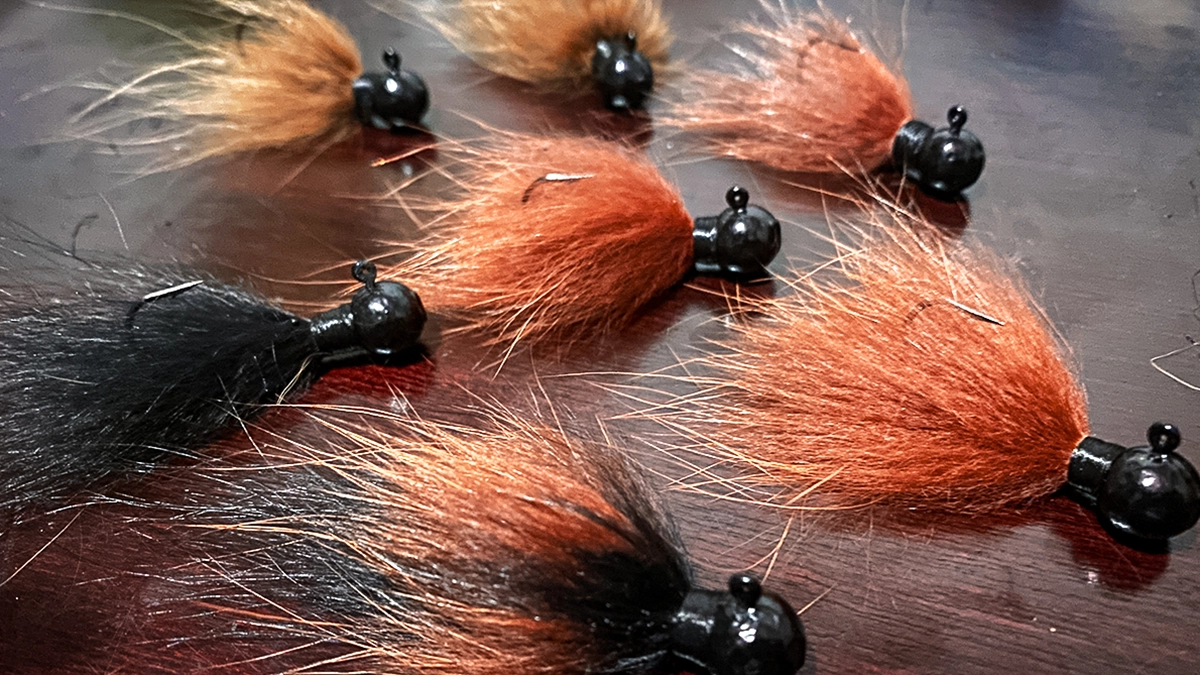
How and Where To Fish a Hair Jig
The Where
The first time Iovino stepped on my boat on a warm early spring afternoon, he only had one rod and a gallon-sized Ziplock bag filled with hair jigs. I thought he was nuts.
But after watching him catch 10 smallmouth to my one, and lose about a quarter of the hair jigs that were in his bag, I knew why he brought so many.
Iovino said to me, “The body of water has to have the right ingredients in order to be a hair jig lake.” Which means there are only certain characteristics where it can be thrown. You are looking for lakes with little to no current and lots of rocky structure.
A heavy current will not allow you to drag the hair jig along the bottom like you need to.
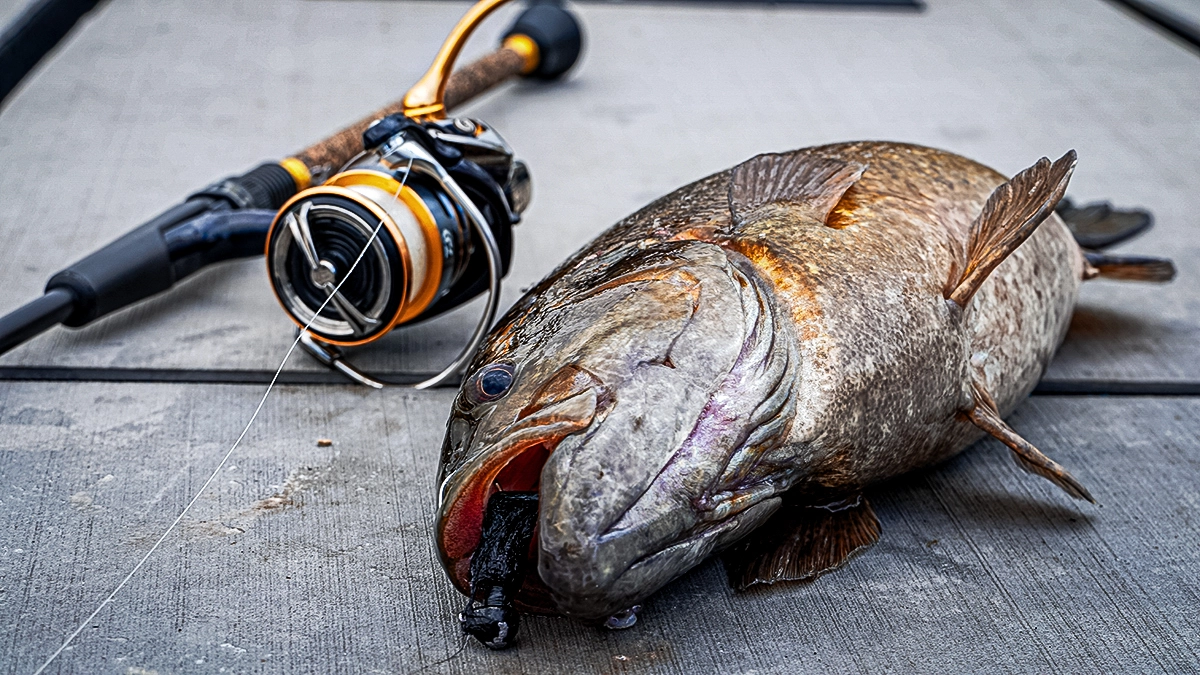
Many smallmouth and largemouth like to utilize rocky structures for warmth during the colder months of the year. The bait and prey species gravitate to these rocky structures, and the bass follow suit. A lot of times, when looking for rock reefs, veins, or walls, you won’t see the bass on 2D sonar or forward-facing sonar. You may get a glimpse of one or two, but the fish will be hugging the bottom so tightly that they will be very hard to see.
Instead, look for bits of baitfish near the structure; usually, there will be bass looking to catch a baitfish or two as they lay near the bottom.
The How
Fishing a hair jig is fairly simple. You want to start with a long cast and let that bait get down to the bottom. The key is not over-working the bait. Remember, when you think you’re fishing slow, SLOW DOWN!
Simply drag your rod off to the side, making sure the bait does not get lifted off the bottom.
Once that jig comes off the bottom, it’s going to look extremely unnatural in the water. You want to feel every little rock, pebble, and boulder that jig hits all the way back to the boat.
Usually, when the bait falls or pulls off a rock is when the bite comes. Depending on the fish’s mood, the bite could be ferocious or just dead weight.
If You Don’t Tie: The Best OTC Hair Jigs You Can Buy
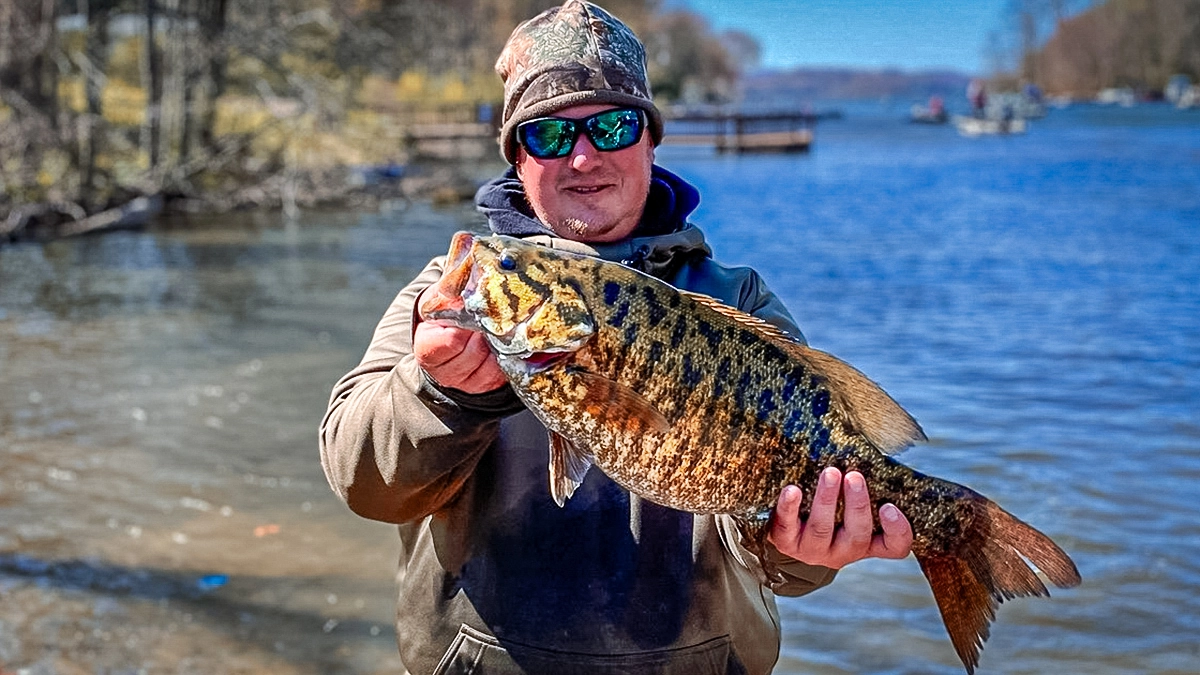
Throughout the internet, you can find many places that sell hair jigs and even a few custom jig-tiers in your area. Besides the original Punisher Lures hair jig, some of my favorites include the Outkast Tackle Feider Fly, the Andy’s Custom Bass Lures Sythetic Jig, and the Beast Coast Tungsten Compound Superfly Hair Jig.
My good friend Tristen Bauer of T’s Tackle in Theresa, New York, also does custom order hair jigs that ship throughout the country, and are slowly becoming popular amongst many north country New York anglers.
Definitely give all of these a look as these all have vital roles in my box all season. Remember, all hair jigs are made the same and all are crucial players during certain times of the spring or fall.


